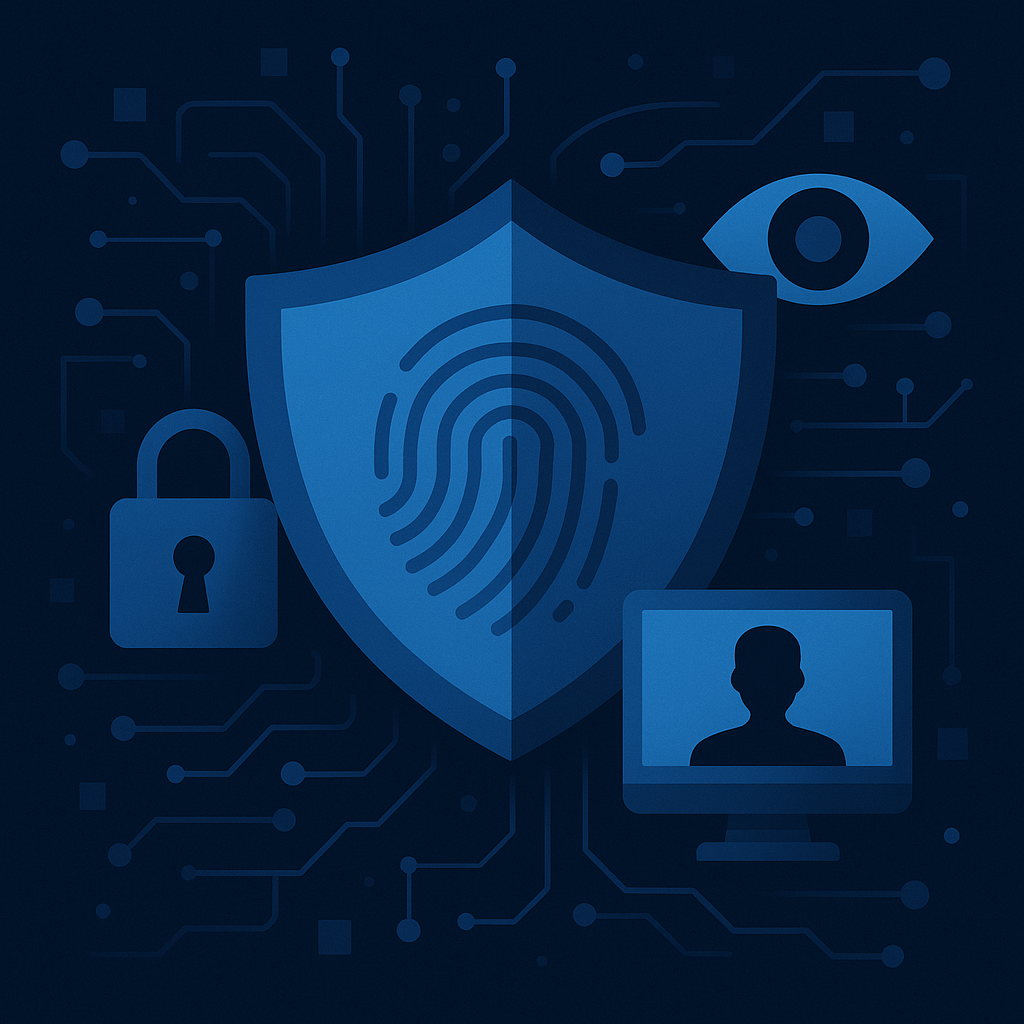If your SIEM can’t prove who did what, when, and from where in minutes, not hours, you don’t have security; you have log storage.
Myth to retire: “More logs = more security.”
More logs without an identity context and a 24/7 response just creates liability. We’ve seen teams spend six figures on SIEM, yet miss the first 15 minutes of an account takeover because the system never correlated a suspicious token with a privilege change. Don’t chase volume; chase decisions.
The 7 moves
1) Instrument identity first
Pipe authoritative identity signals into your SIEM: sign‑ins (success/fail), MFA prompts, conditional access decisions, admin role changes, token exchanges. Whether you use Microsoft Entra ID, Google, or Okta, identity is your early‑warning radar for how attackers actually get in. Pair this with PAM events so you can see privilege elevation in the same timeline. If you don’t have PAM, prioritise it, our Privileged Access Management service plugs straight into our SOC.
2) Log what matters (and stop what doesn’t)
For most SMBs, five log families carry 80% of detection value: identity (above), endpoint EDR telemetry, email security (phish, malware, impersonation), admin activity in SaaS and cloud, and network egress/geo anomalies. Cut low‑value debug noise. You’ll reduce storage spend and improve mean‑time‑to‑triage.
3) Build for after‑hours on purpose
Most hands‑on‑keyboard attacks escalate after 6 p.m. Your SIEM must be wired to a human who will wake up, validate, and contain. If you don’t have that bench, our SIEM/SOC‑as‑a‑Service provides 24/7/365 monitoring with Canada‑ready playbooks. For context on why this matters, see our article “You’re Flying Blind Without 24/7 Monitoring”.
4) Detect what attackers actually do
- MFA fatigue & push bombing → alert on multiple prompts in a short window, unusual device + geo, or MFA approval without preceding password failure.
- Token/session theft → flag sign‑ins that bypass MFA using refresh tokens; kill sessions on device posture changes.
- Privilege escalation → watch for role assignments outside change windows; pair with service principal secret creation.
- Mail‑rule exfil & vendor fraud → detect inbox rules that auto‑forward, and payment detail changes post‑phishing.
We break these down further in “Hackers Don’t Break In — They Log In”.
5) Retention that fits Canada (and your budget)
Keep hot, searchable data for rapid investigations (e.g., 30–90 days), then archive for compliance and trend analysis (e.g., 12–24 months). If you’re in financial services, align with OSFI B‑13 expectations. For personal information incidents, remember PIPEDA’s breach‑reporting and record‑keeping rules, and if you operate in Québec, ensure governance aligns with Law 25.
6) Pre‑wire containment
Have one‑click actions ready: disable user, revoke refresh tokens, require password reset, block legacy protocols, quarantine devices, revoke newly issued API keys. Store these as buttons in your SOAR or documented runbooks. Time matters; so does muscle memory.
7) Hunt your own leaked credentials
Assume employee, contractor, or partner credentials are already circulating. Our cyber intelligence monitors the dark web for your domains and VIPs, and our SOC correlates those findings with real‑time login attempts. Pair this with strict conditional access and phishing‑resistant MFA (passkeys) to crush credential‑stuffing.
Do this in the next 60 minutes
- List your top five identity & admin log sources. Confirm they’re flowing into the SIEM now and searchable in under 60 seconds.
- Run a query for: failed logins → MFA prompts → admin role changes in the last 7 days. If you can’t stitch that timeline, fix ingestion and parsing first.
- Kill standing admin. Move to just‑in‑time elevation with approvals (your PAM or cloud PIM).
- Set an after‑hours escalation rule to a human who will act within 15 minutes.
C
anadian compliance, without the panic
Regulation is evolving. The Cyber Centre’s threat outlook is clear for 2025–2026, Québec’s Law 25 continues to raise the bar, and Bill C‑26 will further formalise obligations for critical infrastructure once enacted. You don’t need a bigger budget to be ready — you need a tighter loop between identity signals, SIEM analytics, and 24/7 response.
Where 010grp fits
We plug gaps quietly: managed SIEM/SOC with Canadian playbooks, risk assessments mapped to business impact, PAM to stop lateral movement, and dark web monitoring to get ahead of credential abuse. If you’d like a 30‑minute log health check, we’ll walk you through the four queries that catch most break‑ins before they become headlines.

